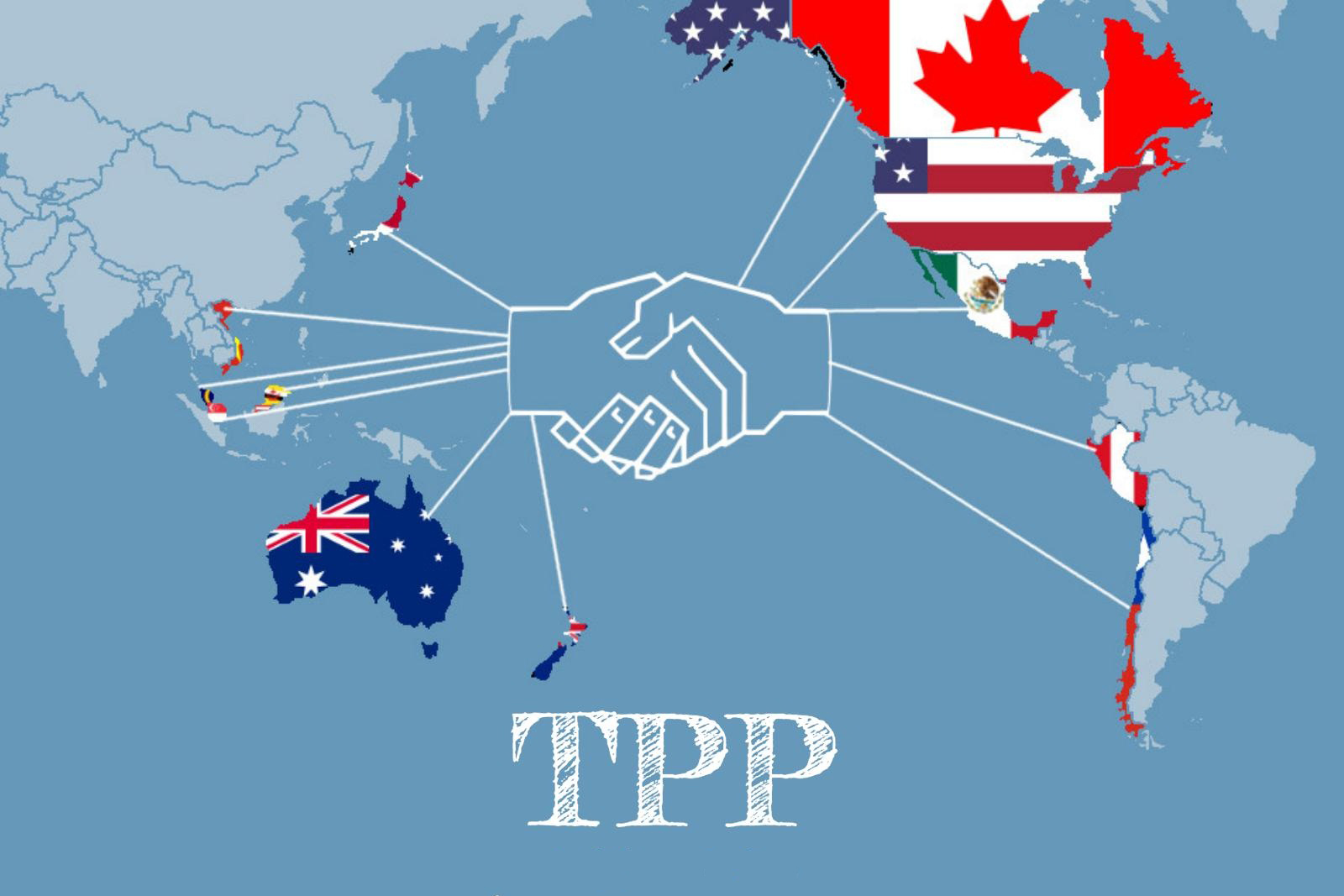(Photo from: Motley Magazine)
Trump made a promise to withdraw from the TPP and on Monday the 23rd he took the first steps to keep his promise. What is the TTP and how may it affect our world ?
TPP stands for Trans-Pacific Partnership. It is a multilateral agreement negotiated during Barack Obama’s presidency, signed in February 2016, and included 12 pacific countries: USA, Canada, Mexico, Japan, Australia, New Zealand, Chile, Peru, Malaysia, Singapore, Vietnam and Brunei. Roughly speaking it accounts for “40% of the world’s economic output” (BBC). However, the deal was to be ratified by February 2018, therefore according to the CNN there will no immediate impact for the Americans.
At this point, it is important to highlight that China, one of the Pacific giants was not in the deal, but this was a decision made on purpose. However, now China may be rejoicing because “It will create an opening for China to rewrite the economic rules of the road at the expense of American workers. And it will send a troubling signal of American disengagement in the Asia-Pacific region at a time we can least afford it.” (Senator John McCain).
Trump’s arguments for opposing the treaty correspond to his principal goal to “Make America Great Again”: bringing back jobs, producing more in the States and looking after the American people not the multinationals. Interestingly, others opposed this treaty including Hillary Clinton, Bernie Sanders and others on the left.
So, is there future for this pact? There are different opinions between the members. Australia’s trade minister has said that other nations may be interested in joining (Indonesia and China) and he is determined to make a “12 minus one”. In contrast, Japan thinks without the USA it will be “meaningless”.
According to the TPP text, the agreement would only be viable if at least 6 of the initial 12 members that represent 85% of the combined GDP of all 12 countries ratify the agreement. Between US and Japan they represent the 79% of the GDP what means that without these countries this requirement will not be achieved, leaving a very short life-span for the TPP.
Whether the pact will remain or not it is uncertain, but clearly the power and alliances in the Asia-Pacific region are changing as a result of a political decision showing the great interconnectedness of the world.
By Gema Sancho-miñana

